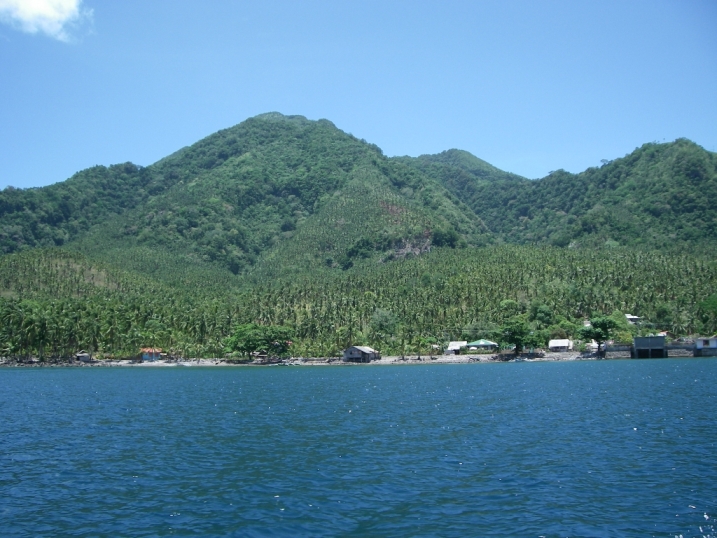Maripipiano
"Un-official Website of Maripipi"
Sidebar Menu
Maripipi Attractions
Links

View | Sign
History of Maripipi

Maripipi is one of the eight towns of Biliran Province. It is an island-municipality province. It was named after Maria and Pepe who were believed to be the first settlers of the island-municipality. They were followed by the people of Samar, Masbate, and other neighboring provinces.
Being an island-municipality, it has been a constant prey to roving pirates and bandits. Its existence dates back during the Spanish regime in the Philippines. Municipalities during that time were headed by alcaldes or mayors who assumed their office by election or appointment.
With the coming of the Americans and the Spaniards losing hold of the island, Maripipi was merged with Almeria and Kawayan with the former being the seat of the Municipal Government. Later, a civil government was organized by the American colonizers. The seat of Government was transferred to Kawayan which was geographically nearer to Maripipi and Almeria. Maripipi and Almeria became barrios of Kawayan.
In 1915, with the people's clamor for Philippine self-government, Maripipi became an independent town and Mr. Victoriano Salas was the first appointed Municipal President.
On May 11, 1992, through a Plebiscite with the majority votes, Biliran became a full pledge Province separated from the mainland of Leyte Province and Maripipi became part of the Province of Biliran.
The foundation of barrio Maripipi dates back in the year 1765 when it was then called Isla De Rosa. In previous years the houses in the barrio were razed by fire in such a way that all the residents left the place. Only after five years had passed that a group of settlers returned and settled in the said island once again. It was also known that in 1768, the Moros that holed-in in the Sitio called Guihum of the Province of Masbate, once a week attacked Maripipi.
Being full of deprivations caused by the ravages of the Moros, the people agreed to wage war against the enemies. In Sitio Awang, the inhabitants dug up a trap of some nine feet deep and covered with bamboo leaves as a camouflage for the purpose of capturing the individual Moros. With this idea, they were able to kill fifteen Moros, and the rest ran away after the bloody fight staged but the inhabitants. In order that they maybe able to protect themselves from the attack of the Moros, they built a bulwark to serve as a watch tower (lantawan) in Ermita. This bulwark was guarded by warriors, among them were Capitanes Radam, Rosanto, Toraldo, Florentino, Gahodo, and Ignacio.
The island was enclosed with rough terrain. its shores likewise but short by the rampaging wave of the sea in the East and Northeast. The principal mountain of this island superior to the cement used was taken from powdered burned shells an wood mixed with other ingredients.
Way back in 1860, Maripipi was a town located at Danao (present name of barangay) up to 1870. In 1871, it was transferred to Daan Bungto, two kilometers away from seashore. This was located at the Mount Borobatidor, present weathervane af Maripipi.
The town was established at this site to safeguard the populace from the fierce Moros at the time who looted houses near the shore and captured men, women and children for their trade to Borneo. In 1899, Maripipi became a barrio of Kawayan and later in 1915 became a town again, composed of eight (8) barrios named; Ermitam Binalayan, Burabod, Viga, Agutay, Danao, Bantas, and Binongto-an.
The island of Maripipi has four (4) anchorage. Two of these are located in the Poblacion (Ermita and Binongtoan) and the other two were located in Barangay Binalayan East and West. During low tide, motorboat took up position offshore. Its shores were clear and steep-to. Cliff details show the shores to be approachable with the least depth of 10 fathoms at a distance of more than a quarter of a mile offshore.
Population of Maripipi was 6,934 as of 1990 census. The most populated barangay was Ermita with total of 934 inhabitants and the least populated barangay was Trabugan with a total of 188 inhabitants. The first Cura Parroco was Father Fernando Pardo in 1874 to 1897.